History of Stained Glass
Stained glass windows have been used for hundreds of years to tell stories. Before many could read or write, stained glass helped teach important lessons. Artists used bright colors and detailed pictures to show scenes from the stories they wanted people to learn. These windows were like picture books made of glass, helping people understand and remember the stories even if they couldn’t read the words.
Over time, stained glass became more than just a way to share stories. It also started to show scenes from history, legends, and daily life. Each window was carefully designed to guide people through a story, one scene at a time. The way light shines through the glass makes the pictures come alive and adds a magical feeling to the buildings that house them. Today, stained glass is still used in art and architecture and continues to tell stories in a beautiful and powerful way.
Lesson Ideas
You can incorporate the concept of stained glass into your lessons in various ways.
- Have students use a “stained glass” scene to introduce themselves at the beginning of the class.
- Have students recreate a scene from a novel or story they have read.
- Have students summarize the plot of a book or story by creating several scenes within the “stained glass” piece.
One of the best features of this lesson is the ability to modify it to meet the needs of your students. If you are working with older students, you can have them draw their scenes freehand. If you are working with students who cannot freehand a drawing, allow them to find an appropriate image or scene to trace.
Materials Needed
- A see-through medium that can be drawn on and colored. Some suggestions are transparency sheets, laminating film, or clear page protectors.
- Sharpie markers. Sharpie offers a variety in their assorted colors pack, mystic gems pack, and glam pop pack. These markers work well on the smooth, clear surface and provide solid color that mimics stained glass when light shines through.
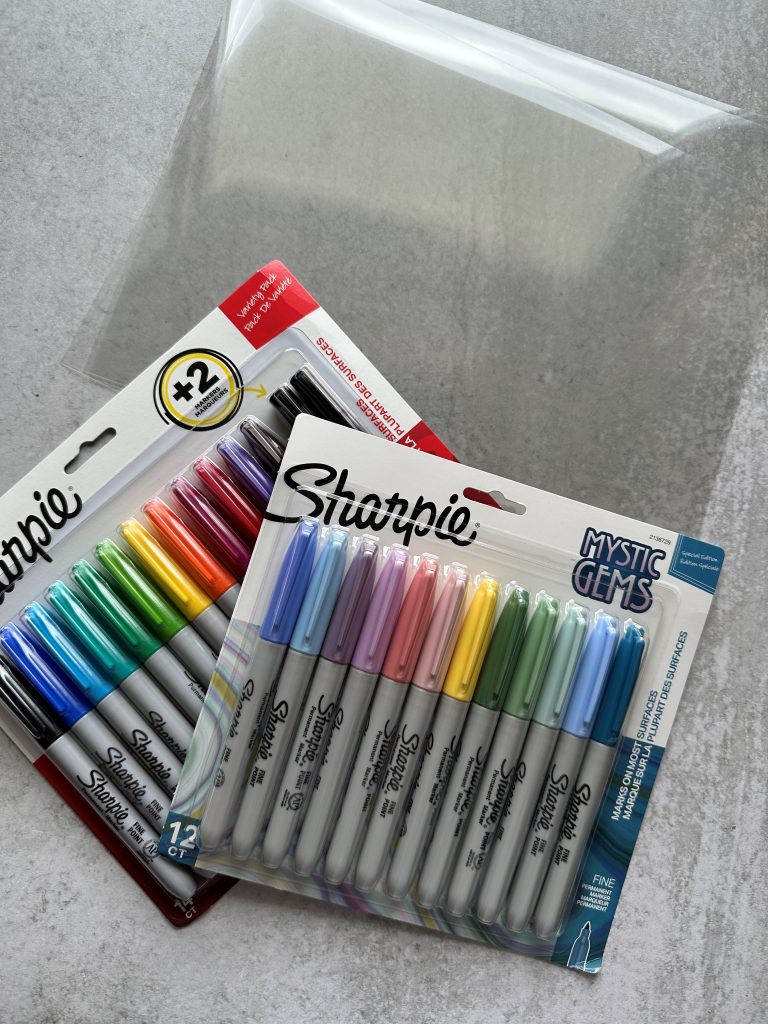
Directions
- Review the history of stained glass windows with students.
- Have students choose a significant scene from the story or book they are reporting on.
- Students should either sketch or trace the chosen scene onto the clear surface.
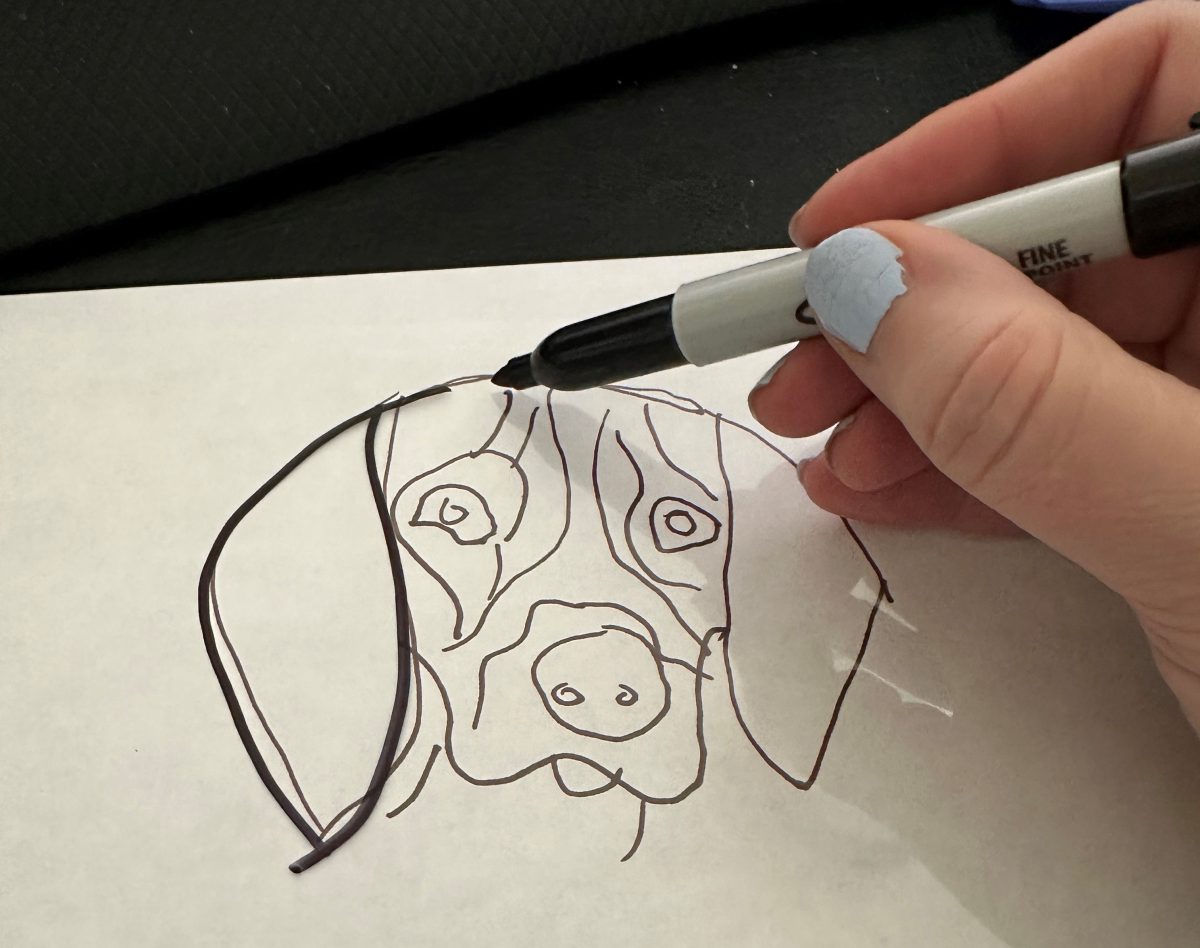
- Allow the sketch to fully dry before proceeding.
- Flip the clear surface over so that the sketch is now facing down.
- Have students color in the picture they sketched.
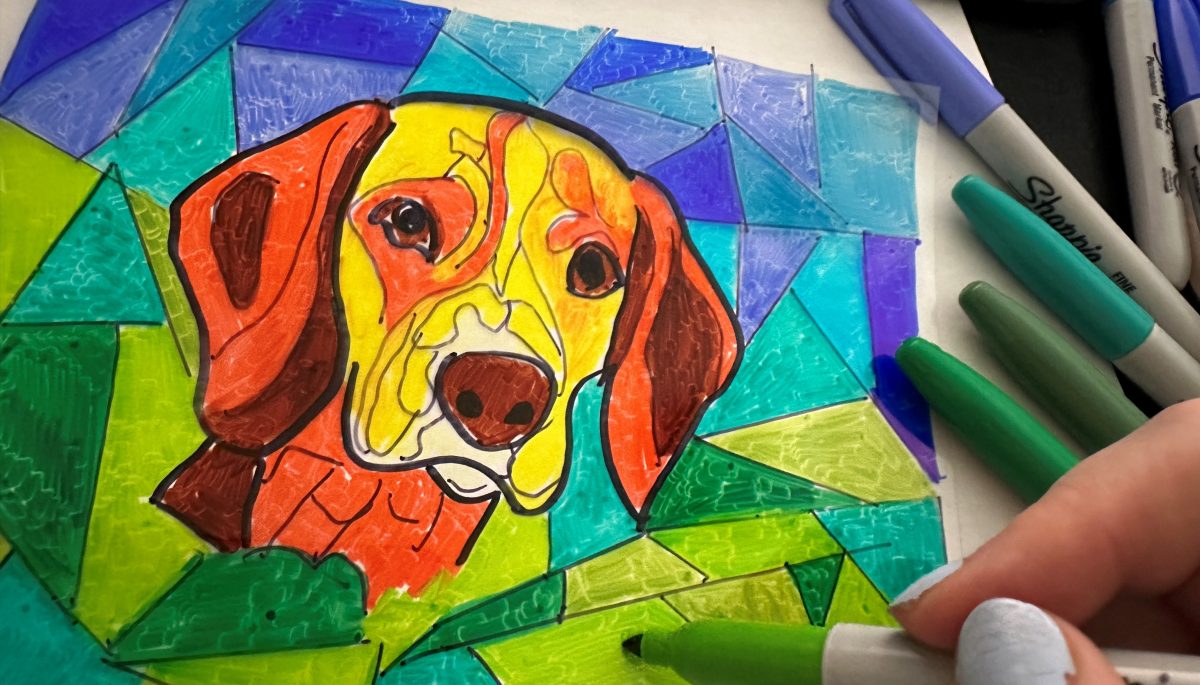
- Allow to dry fully.
- Students can trace over the sketch lines with a black Sharpie for a more authentic stained glass look.
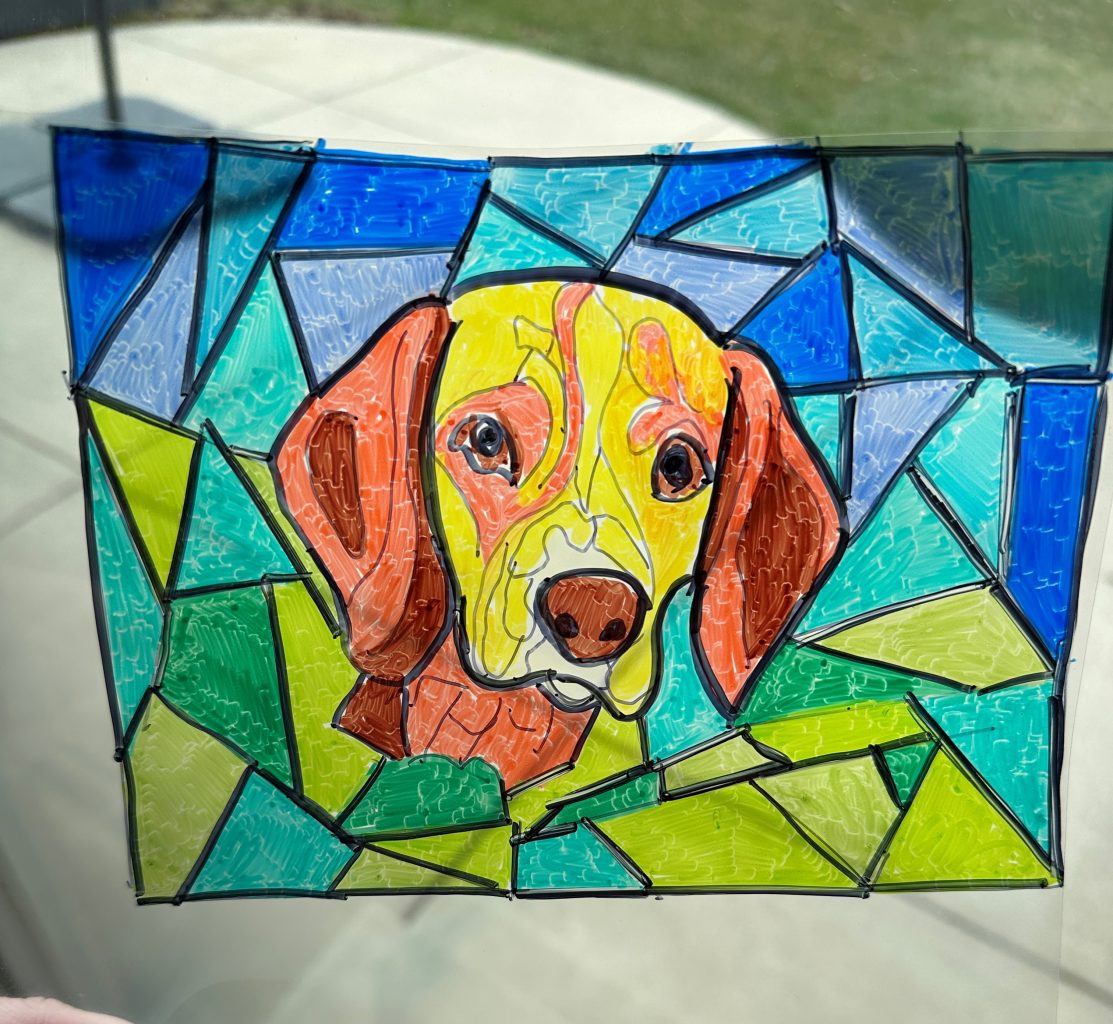


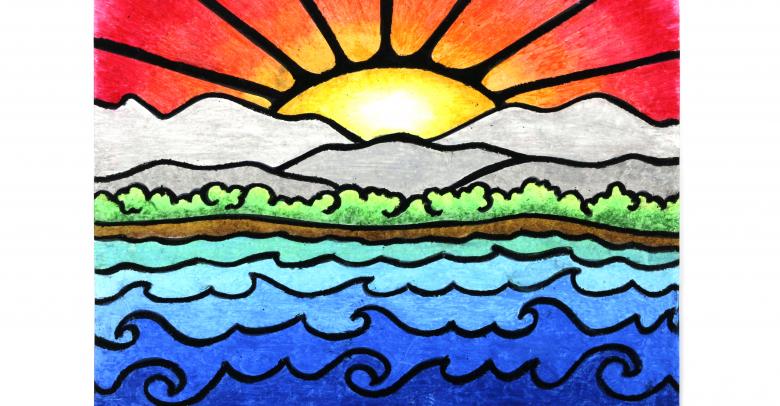
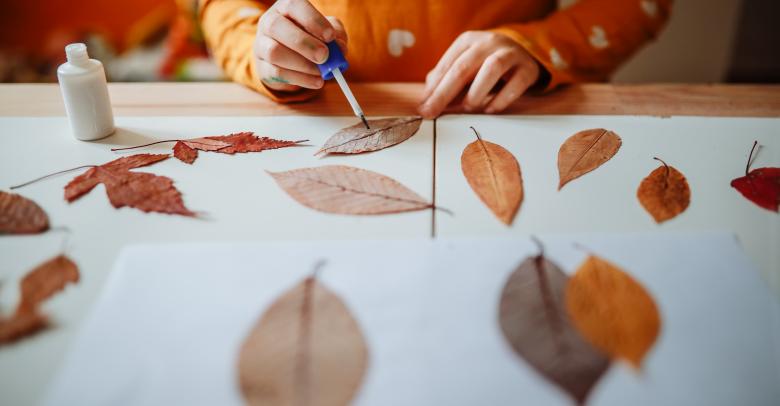
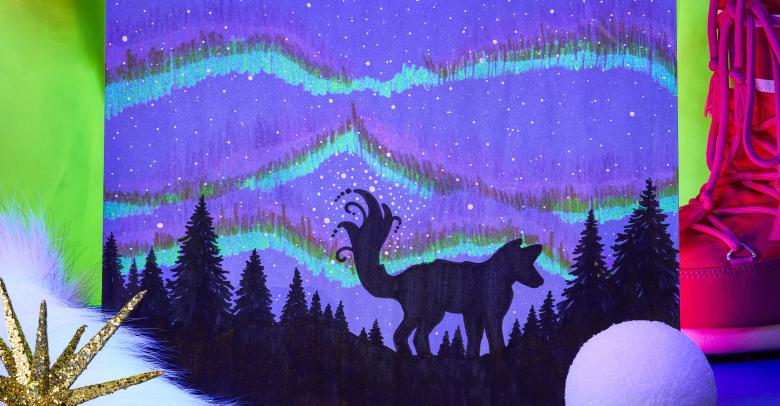

Leave a Reply